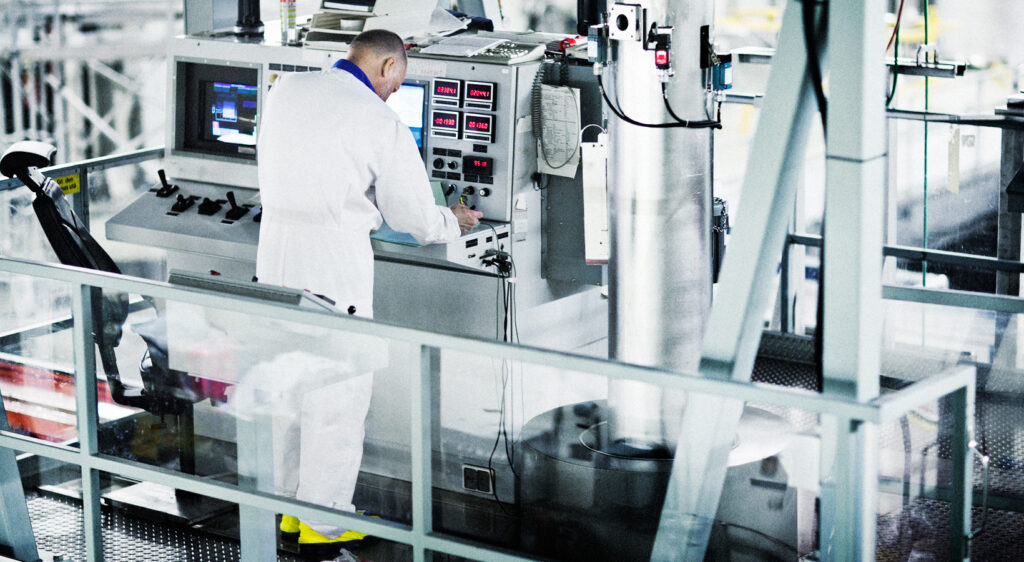Introduction
Spark and Hadoop are two prominent tools in the field of big data processing and analytics. Spark is an open-source distributed computing system designed for fast and flexible data processing, while Hadoop is an open-source framework for distributed storage and processing of large datasets. Both tools are widely adopted in the industry for their capabilities in handling big data workloads. In this blog post, we will delve into a technical comparison of Spark and Hadoop across several criteria, including the purpose and use case, supported platforms, integration with the data ecosystem, ease of use and learning, scalability, and extensibility.
Purpose and Use Case
- Spark: In-memory data processing, real-time analytics, machine learning, and graph processing.
- Hadoop: Distributed storage and batch processing of large datasets, fault-tolerant data processing, and data warehousing.
Supported Platforms and Integration with the Data Ecosystem
- Spark: Supports integration with various data sources, including Hadoop Distributed File System (HDFS), Apache Cassandra, Apache Hive, and more. It can run on various platforms such as standalone clusters, Apache Hadoop, and cloud environments.
- Hadoop: Provides integration with multiple data sources and supports the Hadoop ecosystem, including HDFS, Apache Hive, Apache Pig, and others. It is commonly deployed on Hadoop clusters running on commodity hardware.
Ease of Use and Learning
- Spark: Offers a user-friendly API and supports multiple programming languages like Scala, Java, Python, and R. It provides interactive shells and high-level libraries for data processing and analytics.
- Hadoop: Requires proficiency in Java for writing MapReduce jobs and interacting with the Hadoop ecosystem. It has a steeper learning curve compared to Spark.
Scalability and Extensibility
- Spark: Designed for scalability and can handle large-scale data processing efficiently. It supports parallel processing and can be easily integrated with other tools and frameworks. Spark’s extensibility is demonstrated through its rich ecosystem of libraries and connectors.
- Hadoop: Built with scalability in mind, Hadoop can handle massive datasets and distributed processing across clusters of commodity hardware. It offers extensibility through various modules and frameworks within the Hadoop ecosystem.
Working Together or Selective Adoption
While Spark and Hadoop are often used together in data platforms, the choice of adoption depends on specific requirements and use cases. Spark’s real-time processing capabilities make it suitable for interactive analytics and machine learning scenarios, while Hadoop’s strength lies in handling large-scale batch processing and storage. Depending on your data platform needs, a combination of Spark and Hadoop or selective adoption of one tool may be more appropriate.
Summary
In summary, Spark and Hadoop are powerful tools for data processing and analytics in big data environments. Spark excels in in-memory processing, real-time analytics, and machine learning, while Hadoop is a go-to solution for distributed storage and batch processing. Both tools offer support for various data sources and integration with the data ecosystem. Spark provides ease of use and scalability with its interactive API and parallel processing capabilities, while Hadoop showcases its scalability and fault tolerance in distributed processing.
At Anant, we specialize in helping companies modernize and maintain their data platforms. With our expertise in Cassandra consulting and professional services, we have a broad knowledge of the data engineering space. Check our knowledge bases and contact us to learn more about how we can help you!
Photo by Dawid Zawiła on Unsplash




